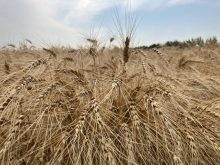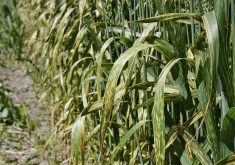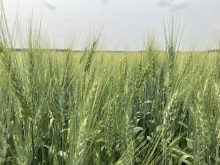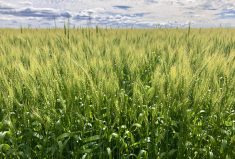June 25, 2014 – Nineteen fields of winter wheat were surveyed for stripe rust in the Lethbridge, Warner, Cardston, and Taber Counties of southern Alberta.
Stripe rust was observed in 61 per cent of the fields with the majority (66 per cent) reporting at less than 1 per cent incidence and severity (1 infected plant per square metre). Three fields were observed with infection levels from 1 per cent to 5 per cent and one field reporting 50 per cent incidence and 10 per cent severity.
The cool wet conditions predicted for the next week will promote the spread and development of stripe rust. Producers are encouraged to go out and routinely monitor their winter wheat fields for the presence of the long, bright orange stripes on the upper leaves.
Read Also
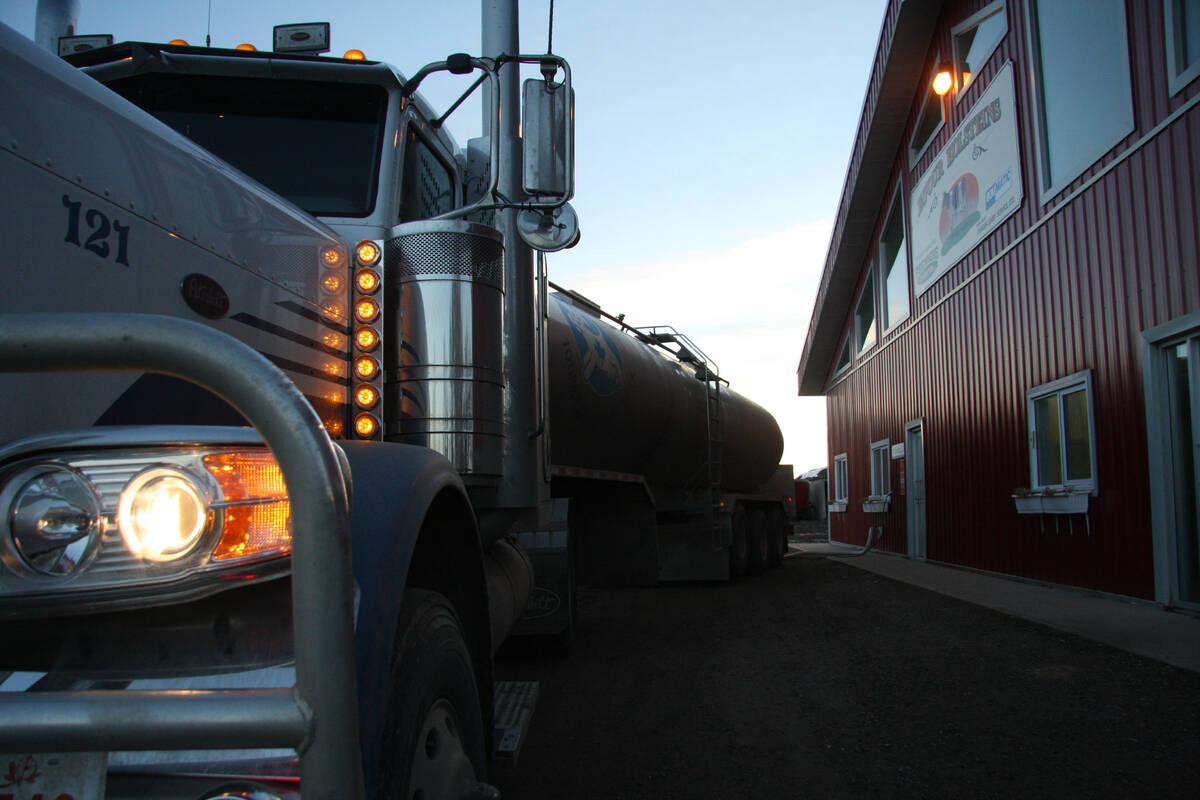
Milk transportation requires intricate logistics
Alberta Milk explains transportation system in Western Canada which sees millions of litres cross borders
Outside of the Lethbridge, Warner, Cardston, and Taber Counties, stripe rust has not been reported so we are recommending a wait-and-see approach for these regions. There is no evidence that stripe rust has moved to spring wheat so control measures are not recommended at this point.
- More from the Alberta Farmer Express: Traces of stripe rust reported in southern Alberta
Weekly surveys for stripe rust will continue until the end of the growing season.
For individuals considering spraying with a fungicide, we recommend the following:
- Spray fields when infection levels approach or exceed an average 1 infected plant/square metre.
- It is important to protect the last 2 leaves that emerge (the flag and flag minus 1 leaves) because they contribute most to plant yield and quality. Protecting the seedling leaves will have a minimal effect on improving yield.
- The optimum plant development stage to apply fungicides is between head emergence and flowering.



